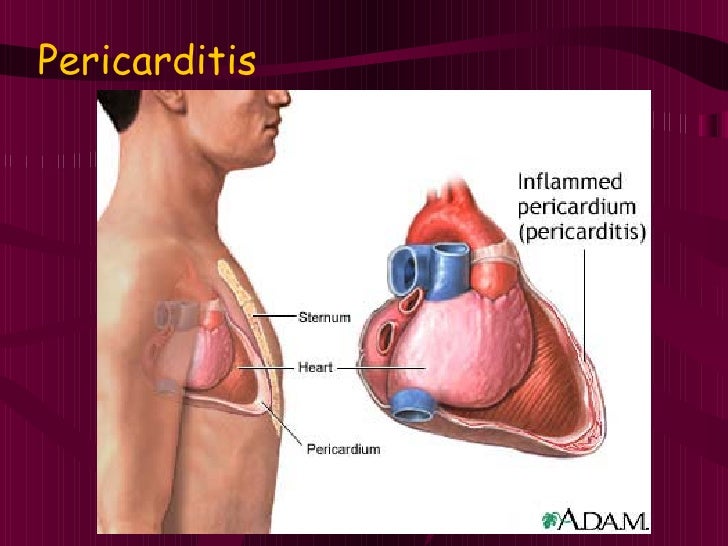Ever wondered what would happen to you if your heart started malfunctioning? But more specifically your pace maker? I’m sure we all would feel vulnerable, like wise which is normal. Contractions of the heart's chambers and its ability to pump blood to the lungs and throughout the body are dependent on the precious functioning of the heart's electrical system. Unfortunately, much like the electrical system in a car, which can occasionally malfunction, the heart's electrical system also can malfunction, and may result in a need for a pace maker implantation accordingly.
What we should know is that “a pacemaker is a system that sends electrical impulses to the heart to set the heart rhythm”. The pacemaker can be the original pacemaker of the heart or an electronic device.
However, about three years ago, I remembered my neighbour from the UK complaining that she had a rapid heartbeat, often felt tired and dizzy etc…. remembering her condition, a few days ago, we started talking about her heart and surprisingly she told me that she had an artificial pacemaker implantation. Further in our conversation she stated that her 1st symptoms were light-headedness, dizziness, with a feeling that she would faint, as I recalled. Progressively the length of time of the episodes got longer for about 5 minutes, like rapid heart rate etc… Nevertheless, she didn’t pay any consideration to what was happening to her and continued her normal daily activities in the UK like skiing and snowboarding on top of a mountain, where she got the worse episode, which lasted for about an hour, her chest felt tight, she found it hard to breathe, weak and she couldn’t even speak.
Knowing the talk “your health is your responsibility” she visited a heart specialist, had an ECG done, her carotid artery was checked and an ultrasound, where the doctor diagnosed arrhythmia: a condition in which the heart beats with an irregular rhythm. “An arrhythmia can occur if the electrical signal that control the heart beat are delayed or blocked”. Though the doctor didn’t know why she was having arrhythmia, the best way to diagnose was to have an ECG done while she was actually having the episode. Two weeks later she had a long episode of feeling lightheaded, fast heart beat etc, and this time the information was captured on ECG where analysis showed she had supraventricular tachycardia (SVT): that is an abnormal rapid heart rate. Her heart beat was erratic and jumping up to 220pbm. To resolve this issue, she had an ablation procedure. This is a procedure to scar or destroy tissue in your heart that’s allowing incorrect electrical signals to cause rapid heartbeat.
After the ablation, everything was normal for 9 months, until one day she noticed she had slow heartbeat, it was erratic, her heart beat went down to 38bmp, making it very difficult for breathing. As anyone would, she went back to the doctor, had an ECG done, which showed she had 3rd degree heart block, a form of bradycardia, heart beat less than 60bpm. According to NHS choices, “in a third-degree heart block, there’s no transmission of electrical pulses between the atria and the ventricles through the AV node”. In her case her own natural pacemaker works well but the signal is blocked at the AV node.
Because of her condition, the major solution, was to have an electronic pacemaker implantation, a small device about the size of a matchbox weighing 20-50g. They made a pocket in her chest region to her left side inserted the pacemaker with the electric wires passing through her ribs to various parts of her heart/affected area. How it now works is that, “the pulse generator emits electrical impulses through the wires to your heart. If the pacemaker senses that your heart has missed a beat or is beating too slowly, it sends a signal at a steady rate, when the heart is beating normally, it doesn’t send out any signals.” Most pacemakers have a special sensor that recognises body movement or your breathing rate. This allows them to speed up the discharge rate when you’re active”.
Pacemaker implantation is one of the most common heart surgery carried out in the UK, so this issue is quite common, there is no need to freak out or feel vulnerable, you’ll be okay, but continue to eat healthy, exercise and take any precautionary measures as the doctor may order you.
Pacemaker! Just what the doctor ordered! Kate has her life normal again!


































